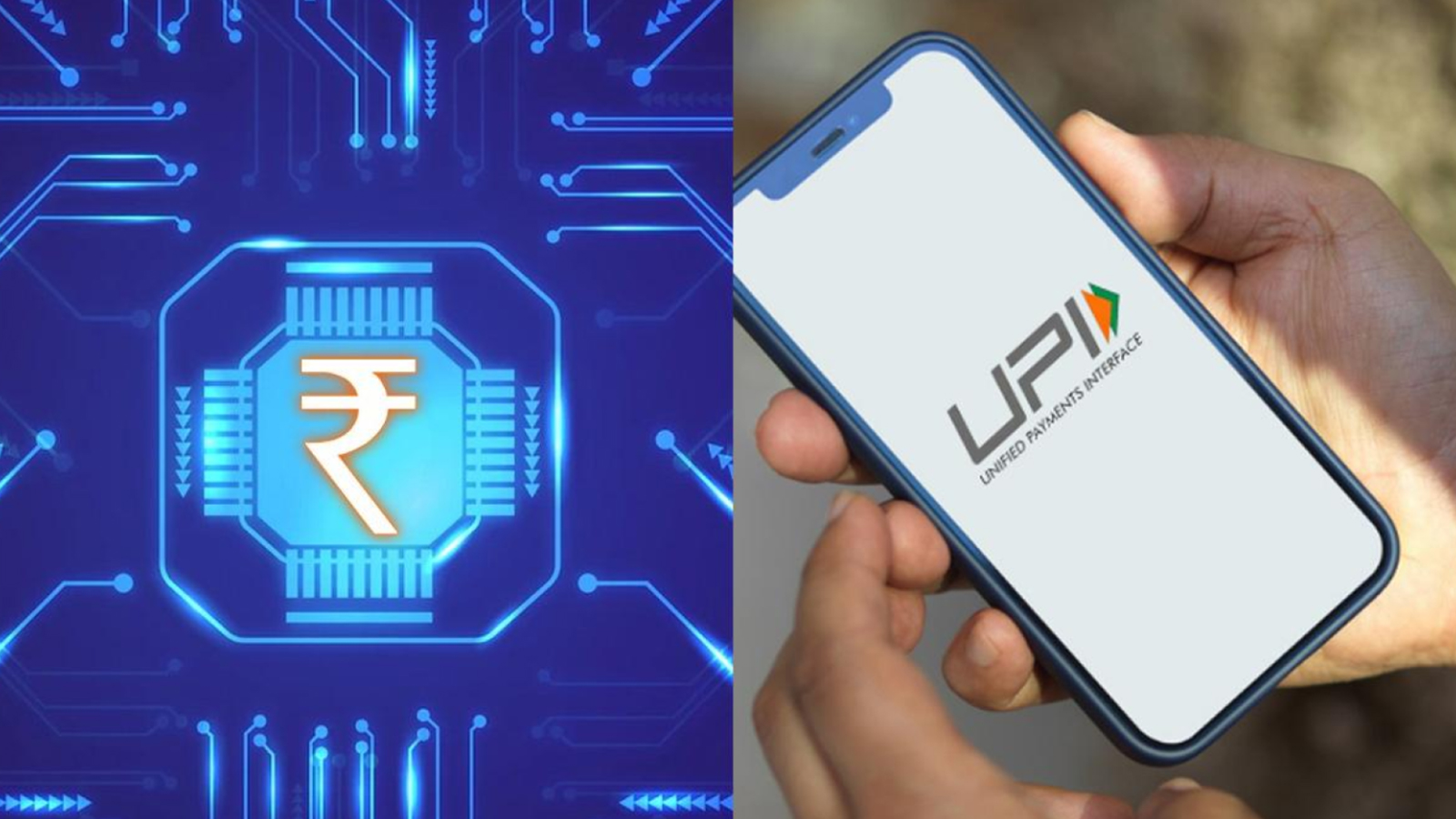India’s digital payments landscape has undergone a significant transformation by introducing digital wallets, mobile banking apps, and the government-backed Unified Payments Interface (UPI). According to a research paper published in the Reserve Bank of India’s Bulletin, the digital economy in India is growing 2.4 times faster than the overall economic growth due to the strong adoption of technology!
This growth has spurred the Reserve Bank of India (RBI) to recently scale the pilot of a Central Bank Digital Currency (CBDC), also known as the Digital Rupee or e₹. This initiative was taken to transform India into a technology-forward society and accelerate the country’s progress toward a cashless future.
UPI has already found its place in digital payments. e₹ is set to follow the same. Let’s understand more about both and the differences between them.
What is e₹?
e₹ or Central Bank Digital Currency (CBDC), is a type of digital money issued and regulated by the country’s central bank. It can be used for transactions similar to physical currency, but the advantage is that it cannot be lost or damaged since it is managed on a digital ledger.
Currently, the project is carried out in four cities, namely, Mumbai, New Delhi, Bengaluru, and Bhubaneshwar, and after analyzing the responses, will eventually be made available to all the residents across the country.
What is UPI?
Unified Payments Interface (UPI) is a single-window mobile payment system developed by the National Payments Corporation of India (NPCI) in 2016.
UPI allows users to transfer funds instantly between bank accounts through a mobile application. It is an interoperable system, meaning it allows users to send and receive money from any bank account that is linked to the UPI platform.
Differences between e₹ and UPI
The most important point that differentiates the e₹ from UPI is that the e₹ is a digital currency that is officially recognized and supported by the RBI. UPI, on the other hand, is just a payment mechanism that allows money to be transferred from one bank account to another.
No Need To Have A Bank Account
While having a bank account is necessary to use UPI for money transfers, e₹ operates differently as it is a digital currency in itself. Unlike UPI where the money is stored in a bank account, e₹ is stored in a mobile wallet which means that even if a person doesn’t have a bank account, they can still make and receive payments using e₹.
Transactions Without Internet
To use UPI, one must have access to a smartphone and internet connectivity. However, since there are several remote areas in India with limited internet access, RBI has made special provisions for e₹ transactions through SMS. This will broaden e₹’s geographical reach and user base by catering to an audience that UPI has yet to reach.
Minimum Tax Intervention
The RBI has declared that e₹ and Rupee have an equivalent value in physical currency. Therefore, banks offering e₹ are not obligated to monitor or report low-value transactions made through this medium. This means just like cash transactions, e₹ users may not need to disclose their PAN, and transactions under Rs. 2,00,000/- may not need to be reported for tax purposes.
Transaction Limits
According to a recent report, e₹ transactions are more anonymous than other digital transactions, such as UPI, NEFT, and RTGS, as mentioned by experts. While e₹ allows transactions up to Rs 10 lakh, UPI has a transaction limit of Rs 1 lakh per transaction.
Cash Withdrawal:
Although UPI doesn’t permit cash withdrawals, it’s possible to withdraw cash using the funds available in your e₹ wallet. This process may be as simple as withdrawing cash from an ATM.
The Future of India’s Digital Economy
From a customer perspective, whether retail or merchant, UPI has gained popularity due to its ease of use and convenience. However, e₹ has included several features that UPI still lacks, and this could give e₹ an added advantage. Also, since e₹ is an initiative by RBI, it automatically creates a high level of trust. As a result, e₹ has the potential to reach an even larger audience, making it a promising addition to India’s payment ecosystem.
